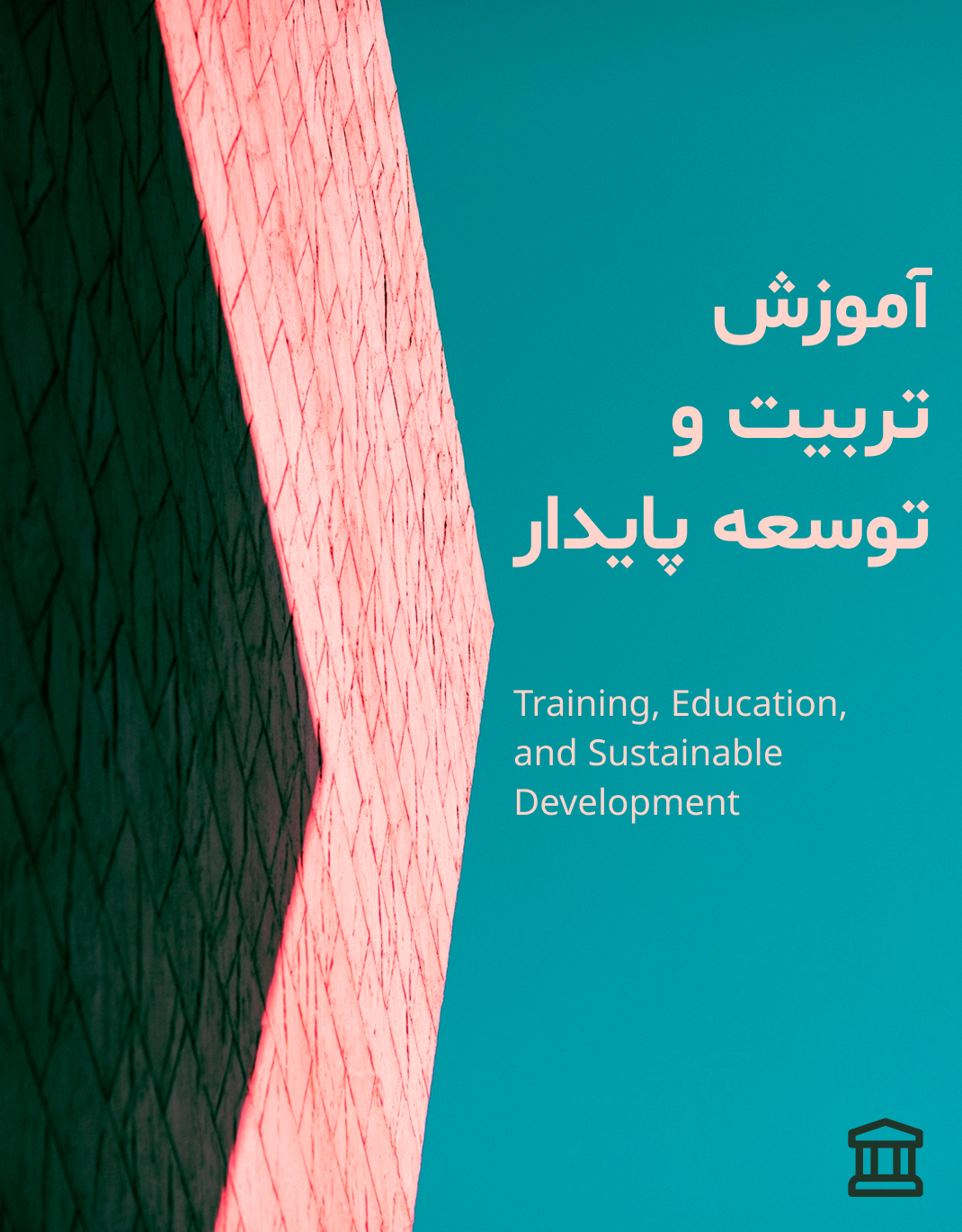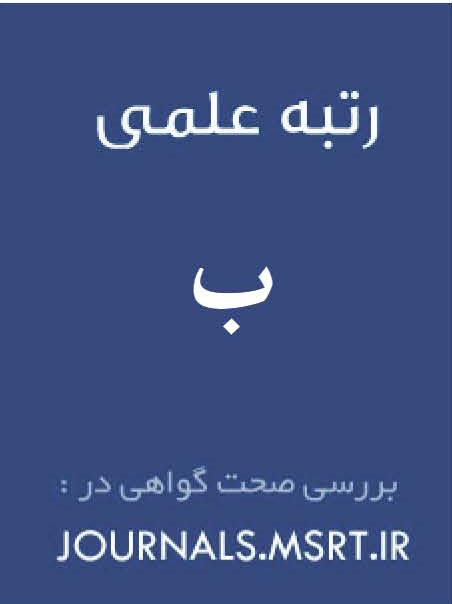A Critique of the Content of the Textbooks of the Islamic Republic of Iran on the Countries of Azerbaijan and Armenia
Keywords:
Azerbaijan, Armenia, textbooks, content analysis, educational policyAbstract
This study aimed to critically analyze the content presented about Azerbaijan and Armenia in Iranian elementary school textbooks and assess its consistency with historical, cultural, and geopolitical realities. The research employed a qualitative content analysis using a library-based approach. Data were collected from all materials about the two countries in fifth-grade social studies textbooks published over five consecutive years up to 2023. Additional sources, including teachers’ guides, related academic papers, and historical-political references, were examined. The data were analyzed through comparative thematic interpretation. The analysis revealed a noticeable bias in the textbooks’ portrayal. Azerbaijan is presented as a rich and resourceful country with oil and gas reserves, vibrant agriculture, and tourism potential, emphasizing its Muslim identity but overlooking its deep historical and cultural ties to Iran. Conversely, Armenia is depicted as poor, landlocked, dependent on external resources, and predominantly non-Muslim, while Iran’s long-standing friendly relations and geopolitical partnership with Armenia are disregarded. Key historical treaties such as Golestan and Turkmenchay and shared cultural heritage that could promote regional cohesion are absent. There is a significant mismatch between the textbooks’ narrative and Iran’s broader regional and foreign policy perspectives. Without revision, this approach risks shaping students’ perceptions in ways inconsistent with historical truth and national interests. Comprehensive, accurate, and culturally balanced content revision is recommended for future textbook development.
Downloads
References
Ahmadi, H. (2011). The Division of Azerbaijan in the Treaty of Golestan (p. 142) and the Division of Azerbaijan in the Treaty of Turkmenchay (p. 148). A Study of Azerbaijan's Textbooks (Emphasis on Historical Books). National Studies Quarterly, 12(2).
Akhmeteli, N. (2012). Chess Lessons Introduced to the Curriculum in Armenian Schools. https://www.bbc.com/news/
Ashrafi, M., & Ashrafi, M. (2017). Analyzing the Situation of Shiites in Azerbaijan. Scientific-Research Quarterly on Shiism Studies, 15(58). https://www.shiitestudies.com/article_31328.html
Fallahian, N., & Malek Mahmoudi, N. (2019). Teacher's Guide for Fifth Grade Social Studies 5761. Offset Company.
Fallahian, N., & Malek Mahmoudi, N. (2023). Fifth Grade Social Studies 507. Offset Company.
Kiani, J., & Beyranvand, R. (2018). Identifying Converging and Diverging Factors in Azerbaijan's Relations. Journal of Border Studies, 6(3). https://www.magiran.com/paper/2007779/identifying-the-convergence-and-divergence-factors-in-iran-s-relations-with-the-republic-of-azerbaijan?lang=en
Majidi, M. R., & Soor Anari, H. (2016). The Role of Shared Cultural Heritage in the Convergence of Iran and Azerbaijan. Central Eurasian Studies, 9(2), 341-360.
Maroufi, Y. (2024). Content Analysis in Humanities: A Practical Guide to Analyzing Textbooks. University of TehranER -. https://www.gisoom.com/book/
Şeker, M. (2024). A study on how environmental issues are discussed in social studies textbooks. Environment, Development and Sustainability, 26, 21325-21352. https://doi.org/10.1007/s10668-023-03532-2
Wahyuni, E., Nugraheni, R., & Fadilah, N. (2025). Civic engagement and textbook analysis in Indonesian junior secondary schools. Asia Pacific Journal of Education, 45(1), 23-40.
Yazdani, M., & Norouzi, S. (2023). Content Analysis of the Ninth Grade Social Studies Textbook Based on NCSS Standards. Research in Social Science Education, 10(1), 45-62.
Zakeri, M., Bahramshahi, A., & Bagherzadeh Homaee, M. (2024). Teaching thinking to children and adolescents through instructional strategies and textbook content. Journal of Modern Educational Research, 10(37), 51-63. https://researchbt.cfu.ac.ir/article_3627.html
Downloads
Published
Submitted
Revised
Accepted
Issue
Section
License
Copyright (c) 2025 رضا مرتضوي, حسين احمدي, مرتضی اباذری (نویسنده)

This work is licensed under a Creative Commons Attribution-NonCommercial 4.0 International License.

